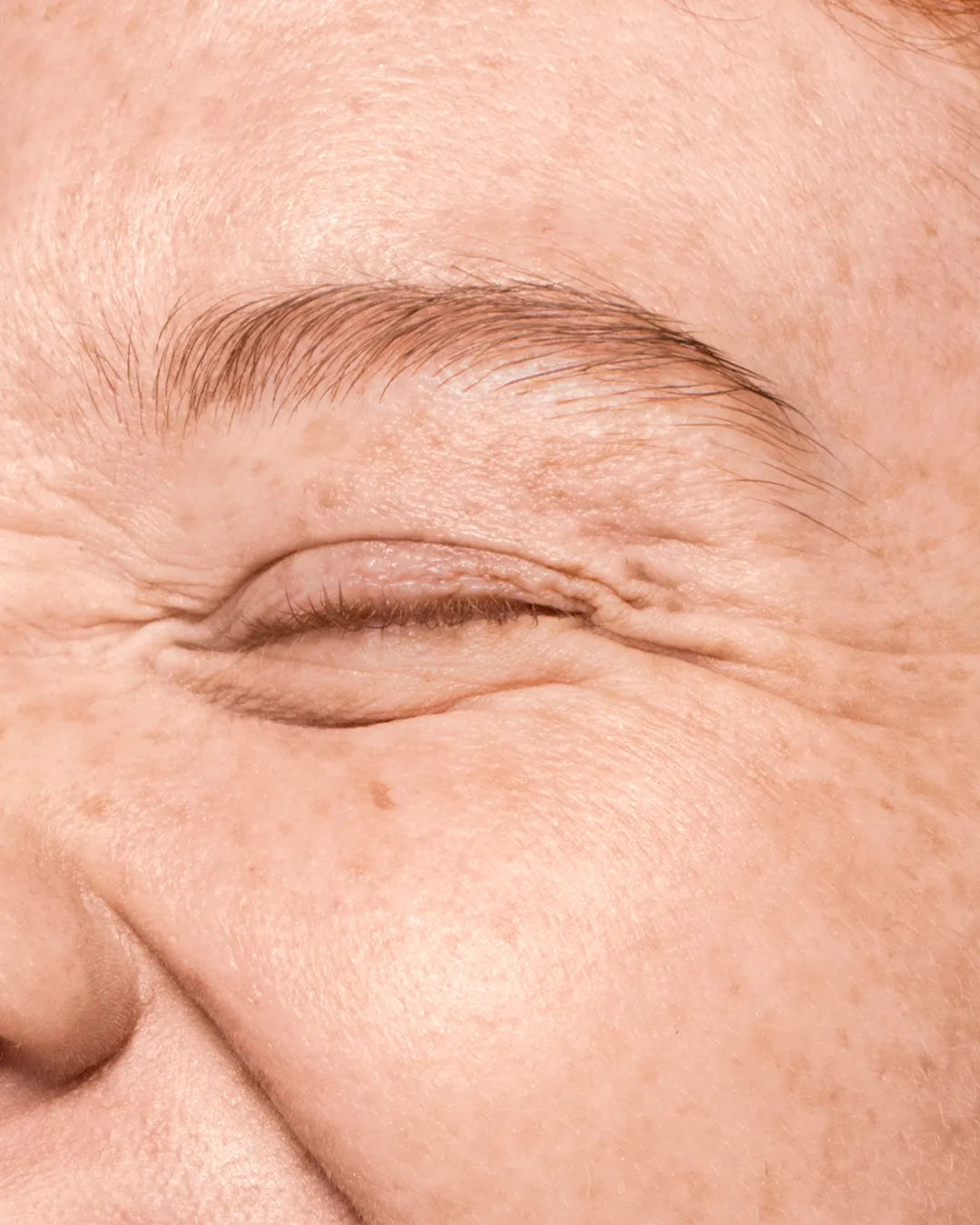Hyaluronic Acid vs Botox: battle of giants
We measure the differences and similarities between the two most renowned products in aesthetic medicine.

Does the term “botox” sound familiar to you? Surely it does! Did you know that it is the brand of the medication "botulinum toxin"? We imagine not, and did you know that we use those terms incorrectly? Surprise us!
First, we need to stop using a brand name to refer to a medication, and while we're at it, we should stop talking about medications. We call “botox” the botulinum toxin, just as donuts are actually donuts, and Kleenex are just tissues. On the other hand, talking about medications is something that doesn't concern us, as only doctors should do it, as long as it's for prescribing. From now on, we will refer to the botulinum toxin as “neuromodulators,” which, although still an incorrect term, is less incorrect! Although it would be great (and we will achieve it), that in the near future we directly talk about problems and solutions, to stop talking about products or medications. And despite the fact that along the way we will make mistakes, we will improve together, as we have come to learn, right? Let's get started!
Hyaluronic Acid or H.A. and neuromodulators, used for anti-wrinkle treatments, they are two of the most popular products in the world of aesthetic medicine, although we are unaware of many of their qualities, similarities, and differences. Do they have the same effect? Are they applicable in the same areas or do they not compete with each other? Which one is more beneficial? We come to learn, to stop saying that you injected in your lips what is used for wrinkles.

Like for like - Similarities
One of their main characteristics, which they share and for which many people tend to confuse them, is their rejuvenating effect. Many times we may have heard that person "took years off" with a psting of injections in the glabella.
They will magically disappear, like your salary during sales season. They are not prosthetics or permanent implants, but resorbable components so both fade away as our body consumes them. Their effects, therefore, are not permanent and can be reversed through reabsorption (time will tell) or product removal. If it's your first time, you can try asking for a small amount to be applied, and if you don't feel comfortable, it will be reversible and you can go back as soon as your doctor recommends it.

Should I book a whole day for the treatment? Not at all, the injection process for both is brief, lasting between 15 and 45 minutes in the clinic. Avoiding the operating room is a great benefit of aesthetic medicine that plastic surgery does not have, but that's a topic for another day.
Together but not mixed - Differences
Despite being commonly confused, the two products actually have more differences than similarities. The most notable difference is that although they are closely related, their functions are distinct. It's like comparing a knife and a fork or an iron and a hairdryer.
The hyaluronic acid is a component that is naturally present in our body, but can currently be synthesized in a laboratory to create an injectable gel and use it for aesthetic purposes. With this new variant, we achieve fill in the wrinkles by correcting them and helping to retain water to keep the face hydrated. Neuromodulators, on the other hand, they function paralyze or relax the musculature to reduce wrinkles or expression marks on the face. That is, through this immobilization, the wrinkle does not appear because the muscle does not contract as strongly. This absolute relaxation generates softer expressions, while still maintaining facial expression, an effect that the acid does not have. We know that this effect is sought by some, but feared by others who label it as a loss of expression. A topic of debate like pizza with or without pineapple. To each their own, right?
Our doctors adapt to the preferences of each patient. If you want to maintain your expressiveness, they can inject fewer units than necessary, so as not to completely paralyze the musculature, a strategy we call “baby anti-wrinkle treatment.”
Each in its place! Now that we know their function is different, it is easy to understand that they are not applicable in the same areas, although it is possible to perform a joint application, as they complement each other. Together we are better!
The areas of applicability of the hyaluronic acid are: dark circles, nose, cheekbone, jaw, temples, chin, crow's feet, and lips. Almost the entire face!
Those of anti-wrinkle treatments with neuromodulators are limited, on the face, rather to the upper third (forehead, between the eyebrows, and crow's feet, as well as elevating the position of the eyebrows). And it stands out for being applicable in areas such as the palms of the hands, feet, armpits, and jaw for other treatments that we will see later. Read to the end to resolve the hype!

Until death do us part? As we have already mentioned, they also differ in their duration, as the A.H. usually lasts from 6 to 18 months until it is completely absorbed, depending on the area and skin type. A neuromodulator on the other hand, it only lasts for between 3 and 6 months. The two most determining factors in its duration are the amount of zinc in the body, responsible for collagen synthesis, and the facial muscle strength, where the stronger they are, the less the effect will last.
*Curious fact: If you are a regular of anti-wrinkle treatments, you may have noticed that it can last less as a consequence of the COVID vaccine or having had the disease, as the antibodies attack the toxin degrading it. Its duration in us will depend on small details like these.
What makes them unique- Particularities
A particularity of the hyaluronic acid is its versatility, since it is applicable in the form of creams or serums, injectable through injections, even drinkable. Best of both worlds!
It is becoming increasingly common to adapt it to our facial care routine, or diet, in milder doses, making this care process longer but consistent. There are also those who rely on foods rich in H.A., which are very diverse and even vegan-friendly. Already we talk about this in depth in the article “Hyaluronic Acid: 4 keys you didn't know”.

It seems that this battle will have two winners, as we have seen each product has its singularities that make it unique. With what we have learned, we are clear that they have many differences and various benefits, and these assure us that, whatever we want to change or improve, it will be possible. Unleash your best version and be who you want to be!






